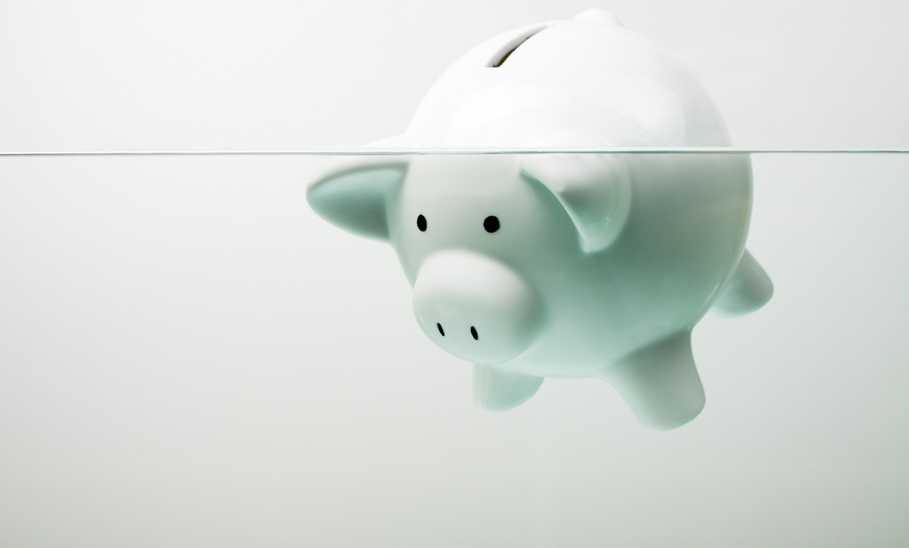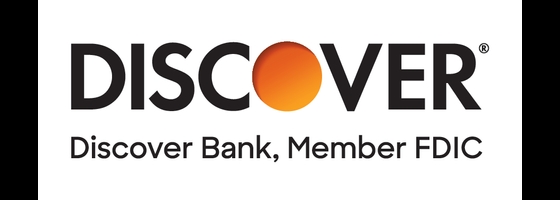Sinking Fund: What Is It, Types & How to Set One Up

Our evaluations and opinions are not influenced by our advertising relationships, but we may earn a commission from our partners’ links. This content is created by TIME Stamped, under TIME’s direction and produced in accordance with TIME’s editorial guidelines and overseen by TIME’s editorial staff. Learn more about it.
Sinking funds are traditionally used by businesses to set money aside each month to pay off a debt or a bond. Using a sinking fund means the company won’t have to pay as much out of pocket when the debt is due. But sinking funds aren’t only for businesses; individuals can use the same strategy to save for irregular expenses or large purchases to avoid using a credit card or taking money from their emergency savings account.
A sinking fund is a savings account dedicated to a specific expense you know is coming. It’s different from a regular or emergency savings account, which exists to help pay for unexpected expenses like a new water heater if your current one breaks. With a sinking fund, you determine the amount you would need for a planned expenditure and set aside a certain amount each month specifically for that expense.
Let’s say you want to take a vacation in a year that will cost around $1,200. Rather than withdrawing money from your emergency fund or using a credit card to pay for your trip, you can set up a sinking fund. Each month, you’ll add $100 to the sinking fund. At the end of the year, you’ll have $1,200 saved to pay for your vacation, which means it will have little to no impact on your budget.
If you think a sinking fund sounds like a good strategy, you must decide what type of account to open. The following are some examples of savings accounts that can be used as sinking funds.
A free checking account can be a good option for a sinking fund. With a checking account, you can access your funds whenever needed. If you only have one large purchase to save for, you can use a secondary checking account to stash money specifically meant for that purchase. Look for checking accounts with higher interest rates to get even more for your money.
Free Checking with paperless statements (or e-statements)
You can also use a regular savings account for your sinking fund. You can open a new savings account through your existing bank or credit union, making it easy to transfer funds over as needed. However, traditional savings accounts don’t always have good interest rates, so if you want to make a return on your savings, this might not be the best option.
A high-yield savings account has a higher annual percentage yield (APR) than a regular one, which means you’ll earn more interest. Setting up an HYSA as a sinking fund can help you get a greater return on your savings, which could help you reach your goal sooner. You can often find the best HYSA at an online bank offering a higher APY, due to fewer overhead costs than a brick-and-mortar bank.
Like any account, sinking funds have distinct advantages and disadvantages. The main benefits of a sinking fund include the following:
However, on the flip side, sinking funds have some cons as well, including the following:
While some expenses come out of nowhere, others are expected, making them much easier to budget. A sinking fund can be used as a budgeting tool to help you save for specific future expenses that you know are coming. Using a sinking fund, you can save for the expense gradually over time rather than needing to use a credit card or use money from your emergency fund once you need to pay for that expense.
You can also use budgeting apps such as Monarch or Simplifi by Quicken to keep tabs on your monthly expenses, including your sinking fund. Both apps are great alternatives to the now shut-down Mint budgeting app, and offer attractive promotions.
 |  | |
|---|---|---|
| Cost | $2.99 a month | $14.99 a month or $99 a year |
| Promotion | LIMITED TIME 3-month free trial to existing Mint users | N/a |
| Features | Starts with tracking expenses to build a personalized budget based on your preferences, like zero-based budgeting or 50/30/20 | Budget creation with or without a partner (you can even invite your financial advisor) and also track investments |
| Links to accounts | Yes | Yes |
Sinking funds are pretty simple to set up once you have decided to go this route. Just follow these steps to get started.
The first step is to determine why you’re saving. Do you want to buy a new fridge to replace your old one? Are you planning a trip to the beach with your family in a few months? Do you have your eye on a new car but don’t want to have a huge car loan? A sinking fund can be used for all of these expenses.
Once you know what you’re saving for, you must determine how much it’ll cost. If that new fridge you like costs $1,000, that is your goal for your sinking fund.
Next, you’ll need to figure out when you want to have the money for the expense. If you want to be able to buy the fridge in 5 months, you’ll need to put $200 per month into your sinking fund to meet the goal.
Now you have your target amount and date, it’s time to decide where you will keep the money. A high-yield savings account, or an HYSA, is a good option for a sinking fund since you’ll have access to the money when you need it and earn a good return on your savings.
The next step is to work on your budget to ensure you can fit in the contributions to your sinking fund. It’s important to be realistic—in the fridge example, you might need to extend your timeline or consider a cheaper fridge if you don’t have $200 each month to save. However, you can also use this as an opportunity to scrutinize your budget and see if there are any expenses you can put on hold while you’re saving for the new fridge.
To make budgeting easier, consider using a tool like Quicken to track your spending and see where you can cut back to free up additional funds for your sinking fund contributions. This can help you prioritize your expenses and ensure that you're making progress towards your savings goals, whether it's for a new fridge or any other financial milestone.
There’s no ideal number of sinking funds; it will depend on your budget and savings goals. However, having too many sinking funds is possible, which can complicate your budget and make it harder to meet your goals. If you’re saving for several different expenses, it’s worth checking with your financial institution to see if they offer savings accounts with customized buckets. This way, you only have one account to keep track of, but you’re still using the sinking fund strategy to save for specific future expenses.
A sinking fund is a type of savings account, but it’s treated differently than a traditional one. With regular savings accounts, you add money each week or month, and it grows until you need to spend it. A sinking fund is the same, but with one main difference: you identify what you’re saving for, how much you need to save, and how much you’ll put aside regularly. Once you’ve reached your goal, you can use the money from the sinking fund to purchase the specific item you’ve been saving for.
Emergency funds are another type of savings account, but they’re designed to help you pay for unexpected expenses. Experts recommend saving between 3 and 6 months’ worth of expenses in an emergency fund. You might use funds from this account when faced with a sudden medical bill, an expensive household or automotive repair, or unemployment. Having a sinking fund for a planned expense means you won’t be tempted to dip into your emergency fund to help pay for an expense you know to expect, which can be healthier in the long run for your finances.
A sinking fund is a good idea if you have a future expense and need to find the money to pay for it. Rather than dipping into your emergency fund for a new couch or a weekend away, you can save money over time when you use a sinking fund. There is little to no risk with a sinking fund since you’re simply using savings accounts to plan for upcoming expenses strategically.
The best place to keep sinking funds is often a high-yield savings account. An HYSA lets you deposit and withdraw money, similar to a regular savings account, but offers a higher interest rate. That means you can make more money on your savings with an HYSA than a traditional savings account.
Of course, you can also use a traditional savings or checking account as a sinking fund. Alternatively, you can itemize money within your existing savings account, so you know how much is earmarked for a specific expense.
A sinking fund is a great way to save money over time for a known expense. If you still have questions about sinking funds and how they work, the following frequently asked questions can help you better understand them.
Most people keep sinking funds in a checking or savings account, making them accessible anytime.
A sinking fund is a very low-risk way of saving money. Because you use a regular checking or savings account to store money in a sinking fund, there’s no risk you will lose money like there is if you invest the money.
You can use a sinking fund for any expected future expenses. If you know you’ll need to repair your deck next summer, you can use a sinking fund to save for this expense. But if your furnace suddenly breaks and needs to be replaced, you’ll need to dip into your emergency fund to cover it.
The information presented here is created by TIME Stamped and overseen by TIME editorial staff. To learn more, see our About Us page.





